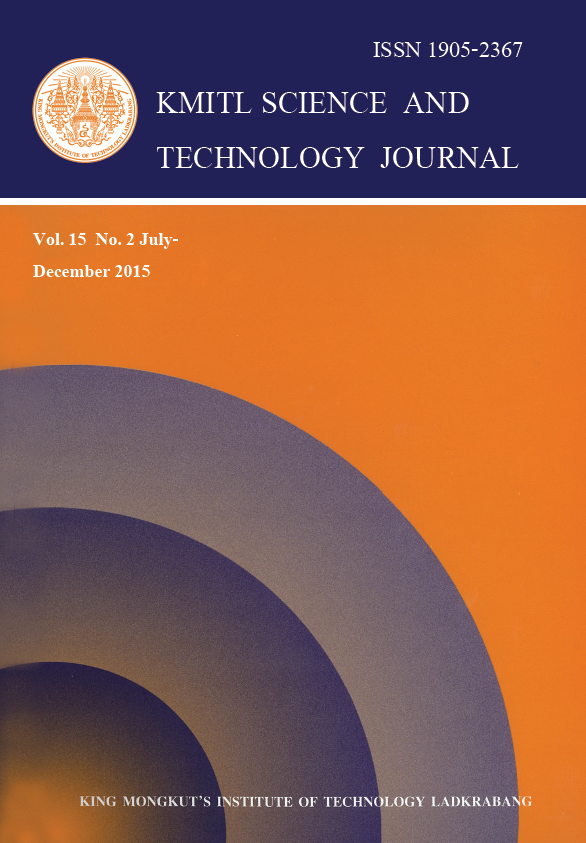A survey of insecticide application behaviors of mushroom farmers in Nongyaplong district, Phetchburi province, Thailand was made during August-September, 2014. Thirty farmers were sampled who generally worked in approximately 5 mushroom houses containing about 2,000 mushroom cubes per house. The data were collected by using structured interview method. The results revealed that the most cultured mushrooms were oyster mushroom (59.3%), Jew’s ear mushroom (40.5%), and others (0.2%). It was found that in general farmers used insecticides (carbaryl, methomyl and cypermethrin) for controlling insect pests (Cyllodes sp., Drosophila sp. and Dasyses sp.) and mushroom mites (Luciaphorus perniciosus and Formicomotes heteromorphus) by using direct spray method (57.1%). The insecticide treatments were normally conducted 3-4 times a month with 1-3 days pesticide free period before the harvests. In addition, chemical products with different trade names were generally substituted when resistance of insects or mites were observed, with no consideration of the active chemicals. Insecticide treatments were normally introduced in the morning after daily harvests, and insecticide users normally wore basic chemical protection clothing and usually well rinsed after the application. The allergic symptoms were observed, users normally evacuated from the areas, cleaned themselves, and rested. It is suggested that insecticide using behaviors of the mushroom farmers could be the background information for further studies on insecticide contamination in the mushroom products.
Keywords: structure interview, allergic symptom, insecticide contamination, carbamate
*Corresponding author: Jompong_pest@hotmail.com
*, U. J. ., Pumnuan, J. ., & Insung, A. . (2018). Insecticide Application in Mushroom Farms: A Survey Study in Nongyaplong District, Phetchburi Province, Thailand. CURRENT APPLIED SCIENCE AND TECHNOLOGY, 80-87.
